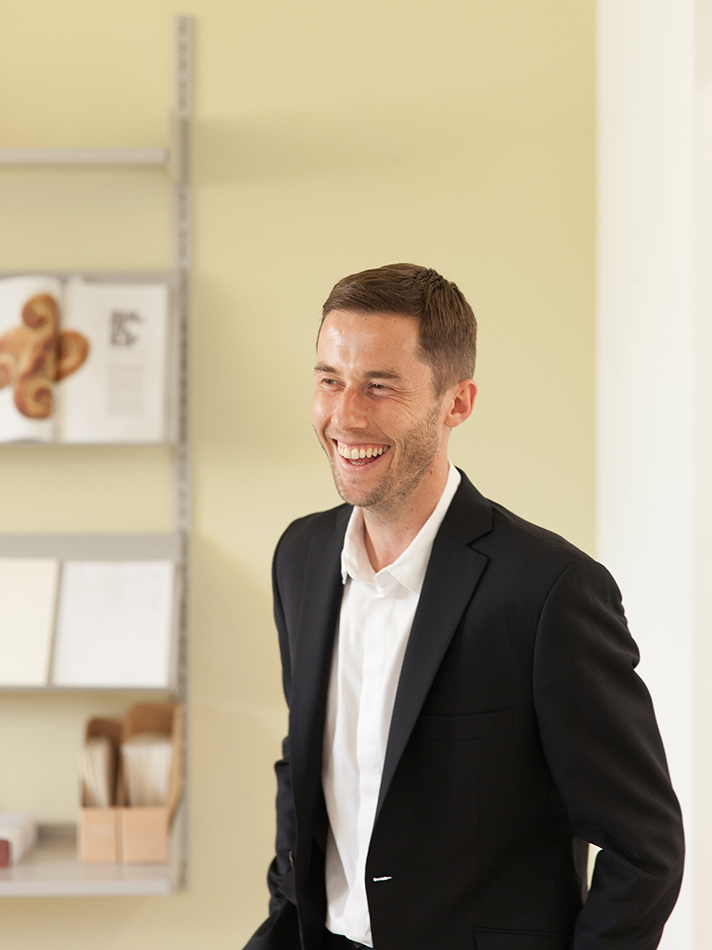What do you do?
Fine art appraiser and consultant.
What could you imagine doing if you didn’t do what you do?
A wildlife sound recordist. There a few things I love more than the sounds of the natural world.
Why do you go to galleries?
To appreciate art in context, and connect with different perspectives. I am also interested in the gallery space itself, how it organises the viewer and the way the artworks interact with one another.
What was the first artwork that made an impact on you?
Colin McCahon’s Practical religion: the resurrection of Lazarus showing Mount Martha (1969). Growing up in rural North Canterbury as part of a farming family, I had little exposure to art and culture. We lived 10 km from our nearest neighbour, surrounded by vast, empty landscapes. For a time, Practical religion was on view at Te Papa Tongarewa, and I revisited it on several occasions when I lived in Wellington. I had also recently read Francis Pound’s book The Invention of New Zealand: Art & National Identity, 1930-1970, which had a massive impact on me. His writings sparked an interest in the ways identity can be tied to a landscape, both real and imagined, internal and external. These are ideas that I wrestled with growing up and struggled to articulate, and there was a painting that tackled these themes head-on.
If you could own any work of art, what would it be?
That’s a tough one. Perhaps Brancusi’s Sleeping Muse (1910), Noguchi’s Sun at Noon (1969), or Picasso’s Bust of a Woman (Marie-Thérèse) (1931).
Is there one work of art in your collection that you return to time and again?
A small group of pocket charms by Kate Newby, which was a gift from the artist. Lauren and I lived in New York for a short time, and I have fond memories of visiting Kate at her Brooklyn studio. I brought the charms home in my pocket, as instructed.
Tell us about a recent discovery?
During a recent trip to Japan, we visited Hiroshi Sugimoto’s Enoura Observatory. The architecture and garden design incorporates traditional Japanese building styles and methods and centres around the observation of the winter and summer solstice. Without a doubt, one of the most special places we’ve have had the privilege of visiting.
Why collect?
We have a painting by Emma McIntyre that she describes as a ‘cosmic wind’. I like the idea that artworks can take on an almost mystical quality by travelling through time and space. As life unfolds and circumstances change, these objects evolve and take on new meaning… We’re only custodians, after all.
What do you wish you knew?
A deeper understanding of Tikanga Māori.
What should change?
This notion sounds lofty and comes from a position of privilege, but given the current situation with COVID-19, I believe the idea of things returning to ‘normal’ needs to be reconsidered. I know everyone (me included) is just trying to make it through the day at the moment, but we have a rare opportunity to re-orientate ourselves.
What should remain the same?
I accept that things never remain the same, as much as we may like them to.
Recommend something/s to read/watch/listen to?
The Criterion Channel, Ryuichi Sakamoto: Coda (2017), Ubuweb Film & Video, Issue Project Room archive, NTS Radio, Waking Up app.
